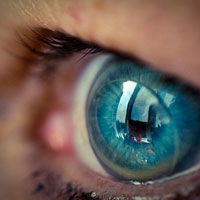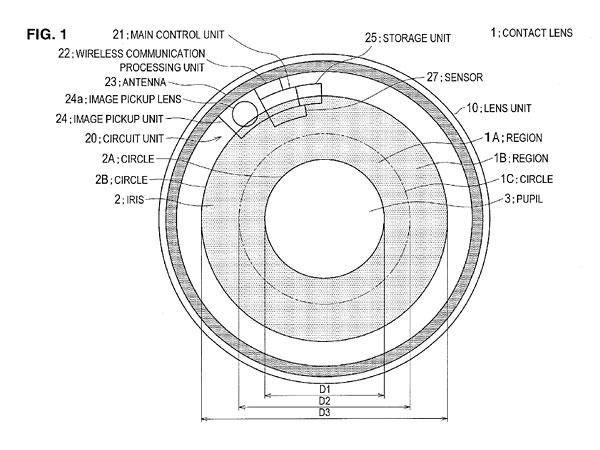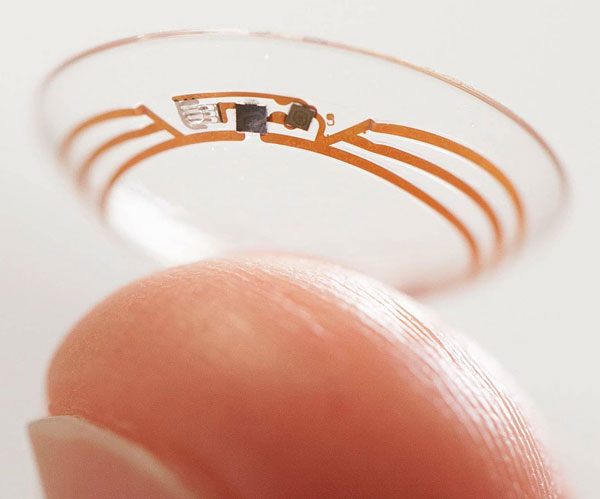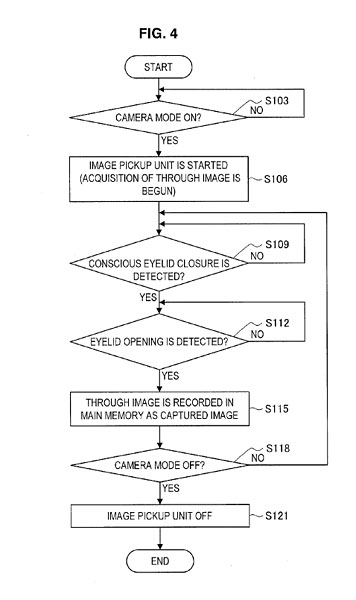Big Brother, tiny camera: Sony patent app hints at frightening future of wearable photography
posted Thursday, April 28, 2016 at 5:33 PM EST

If you thought Google Glass was frightening, you may want to don your peril-sensitive sunglasses for this story: The Thought Police may soon get to take another step along the road from the pages of George Orwell's classic dystopian novel "Nineteen Eighty-Four" to becoming reality, should a just-published patent application from Sony come to fruition.
In the benignly-named application "Contact Lens and Storage Medium", which was filed in February 2014 and eventually published for comment a few weeks ago, Sony describes a contact lens with built-in image pickup assembly including lens, pickup unit, control unit and storage -- in other words, a camera and lens. Potentially, the patent application suggests, this assembly could include a zoom lens, aperture control, focus control and even potentially an image stabilization function, with image capture triggered by blinking.

And since it would be designed to be wearable just like a standard contact lens, the device would essentially be invisible to third parties, taking the concept of the Google Glasshole -- already a terrifying thought to privacy activists and much of the general public -- and turning the dial up to eleven. If such a device could be manufactured, it would be nigh on impossible to know when you might be being photographed or recorded. In essence, the ability for someone to see you could also mean that they were making a permanent record of everything they saw.
Of course, as of right now there is no guarantee that such a device could be manufactured, nor that it would provide sufficient image quality to be troubling even were that the case. The challenges of making a high-quality camera with zoom lens even on the scale required for a relatively slim smartphone are tough enough, let alone of making one small enough that it could fit beneath an eyelid without excessive discomfort for its wearer. And as of right now, this is just a patent application, as well: There's no guarantee that it will be granted, or that Sony has any plan to commercialize it even if a patent is received.

But without question, there's a keen desire on the part of tech giants to move in this direction with wearable technology, and to be the first to do so as well. Google has already received a patent on a contact lens incorporating electronic circuitry, and while that is aimed at incorporating sensors to monitor things like blood glucose levels, a more recent patent application published a few weeks ago in Korea by Samsung heralds the possibility of a contact lens containing a lensless thin-film camera which could be commanded to capture an image with a simple blink of the eye. Sony's application is just the latest to join the fray.
And should one of these companies prove successful in their endeavors, that will be the point at which you can effectively kiss your privacy goodbye. Once cameras become invisible, the only way to gain a modicum of control over your personal space will be to remain indoors, curtains drawn and out of sight. On the one hand, our inner geeks are thrilled by the technological possibilities, but on the other hand we're equally concerned about the potential for misuse.

What say you, Imaging Resource readers? Are you keen to get your hands on a camera that would unleash your photographic eye in an entirely new way? Or would you rather this one stay on the drawing board, and you retain a little more of your privacy? Share your thoughts in the comments below!
(via Sony Alpha Rumors; eyeball with contact lens image courtesy of nikozz / Flickr; used under a Creative Commons CC-BY-2.0 license. Image has been modified from the original.)